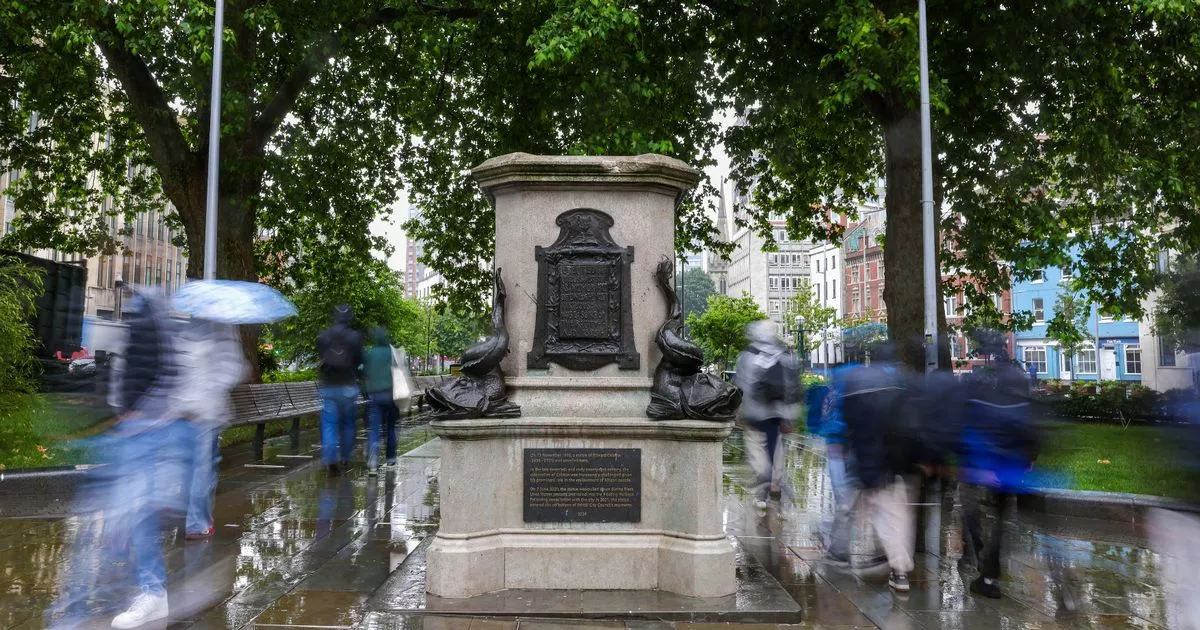The moment Colston fell was seen by millions around the world
The global campaign to highlight racist police brutality was ‘hijacked and skewed’ – in Britain, at least – by the toppling of the statue of Edward Colston in Bristol, which happened five years ago today.
That’s the view of Bristol poet and activist Lawrence Hoo, who said the debate and focus of the Black Lives Matter movement went in a ‘completely different direction’ in the aftermath of the statue toppling. Others say the act ‘reignited the issues of racism and Bristol’s past’.
Five years on and there are still the same views and arguments about what happened on the afternoon of June 7, 2020 – many in Bristol say the toppling has given new impetus to education and discussion about Bristol’s history, while others angered by the toppling at the time maintain that the act was vandalism and question the motivation for it.
The statue of Edward Colston had been in The Centre area of Bristol for 125 years when people on a protest march gathered around it on Sunday June 7, 2020.
The nation was still under Covid restrictions, but thousands had taken to the streets in Bristol and cities around the world that weekend as part of a movement called Black Lives Matter.
Thirteen days earlier, police officers in the American city of Minneapolis murdered a man called George Floyd, who had been detained on the street on suspicion of trying to spend a forged $20 bill.
The murder, and numerous previous killings of Black people by police in the US, reignited the long-running Black Lives Matter movement which quickly went global. The rally on College Green saw as many as 10,000 people gather with the focus on police brutality and racism both in the US and in the UK too.
The crowd – people of all races – toppled the statue, and videos of that moment, and of it being pushed into the Floating Harbour next to Pero’s Bridge, were seen by billions around the world.
For many in Bristol, it was a shocking moment of mob disorder, damaging part of the city’s physical heritage. For many others, it was a cathartic moment that had been a long time coming.
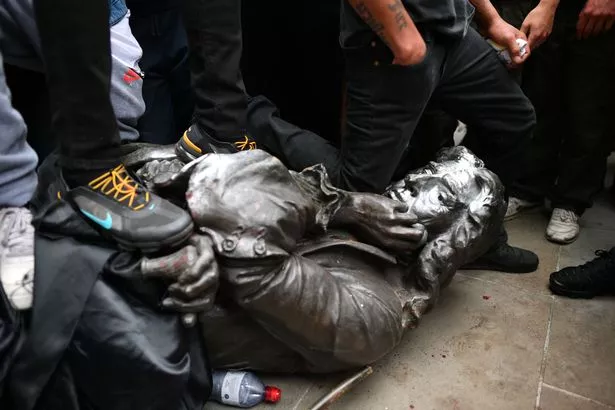 Protesters kneel on the neck of Edward Colston’s statue after it was toppled.(Image: Ben Birchall/PA Wire)
Protesters kneel on the neck of Edward Colston’s statue after it was toppled.(Image: Ben Birchall/PA Wire)
It was also, despite the global movement and worldwide attention, a distinctly Bristol thing to happen. Commentators from Los Angeles to London and Miami to Melbourne had lots to say about the statue being toppled, with no clue who Edward Colston was or the 100 years of objections many in Bristol had to the ‘cult of Colston’.
But suddenly, in the UK at least, there was something to debate. Few people, if any, had challenged the idea that the racist murder of Black people by police was a bad thing, for example, but suddenly there was controversy around statues and history, the slave trade and its legacy. Suddenly people stopped talking about racism in 2020 and started debating the slave trade in 1700.
The recently-released BBC documentary on those days and weeks of early summer 2020 – Backlash: The Murder of George Floyd – shows this clearly. The first half of the documentary charts George Floyd’s murder and the rapid spread of the Black Lives Matter movement.
Halfway through, it explores the toppling of the statue of Edward Colston, and then immediately, the documentary is filled with pundits talking about criminal damage, statues, history and the rights and wrongs of direct action.
It’s a point not lost on Dr Lawrence Hoo, a poet and community activist in Bristol’s St Pauls area for years before 2020. A year after the toppling, he described Colston as ‘the biggest distraction going’ – distracting from the issues of the 2020s around racism, policing and inequality. It’s a view that’s strengthened in the years since.
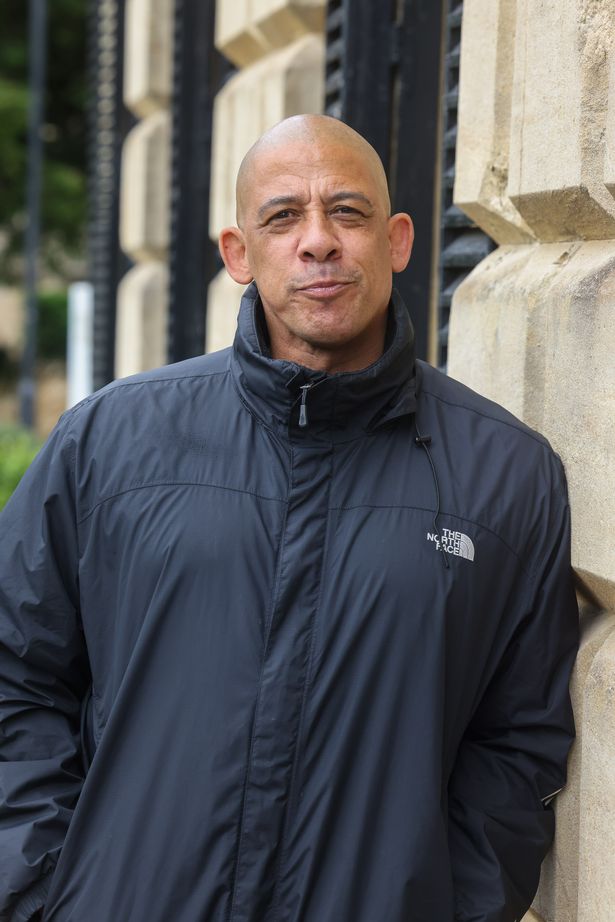 Dr Lawrence Hoo at the University of Bristol(Image: PAUL GILLIS / Reach PLC)
Dr Lawrence Hoo at the University of Bristol(Image: PAUL GILLIS / Reach PLC)
“It’s interesting how a campaign that was started to address and draw attention to the cold-blooded murder of people at the hands of the police, became hijacked and skewed into a completely different direction revolving around statues and decolonisation,” he said. “Now what was that campaign called again?” he asked wryly.
The Black Lives Matter globally does continue, albeit without the fervour of the scenes of 2020. But what difference has that march, the movement and the toppling of the statue made to Bristol itself? Again, opinion was divided when we put that question out on Facebook this week.
“There has been more open dialogue about the history and legacies of the Transatlantic Slave Trade, which is a very positive thing,” said Dino Zelenika, responding to the post, whereas Dan Hurley was one of many left uncomfortable by the sight of a large crowd taking the law into their own hands.
“It did nothing but degrade the order and fabric of a great country that’s losing its way a little more with each generation,” he said.
Luke Geach said he didn’t think much had changed at all. “I think nothing has changed,” he said. “There is still the class divide, there is still racism, both negative and constructive, but at the end of the day it’s still racism.
“I still don’t agree with the toppling of Colston as I see it as an attempt to rewrite history by removing anything we don’t agree with in the modern age,” he added.
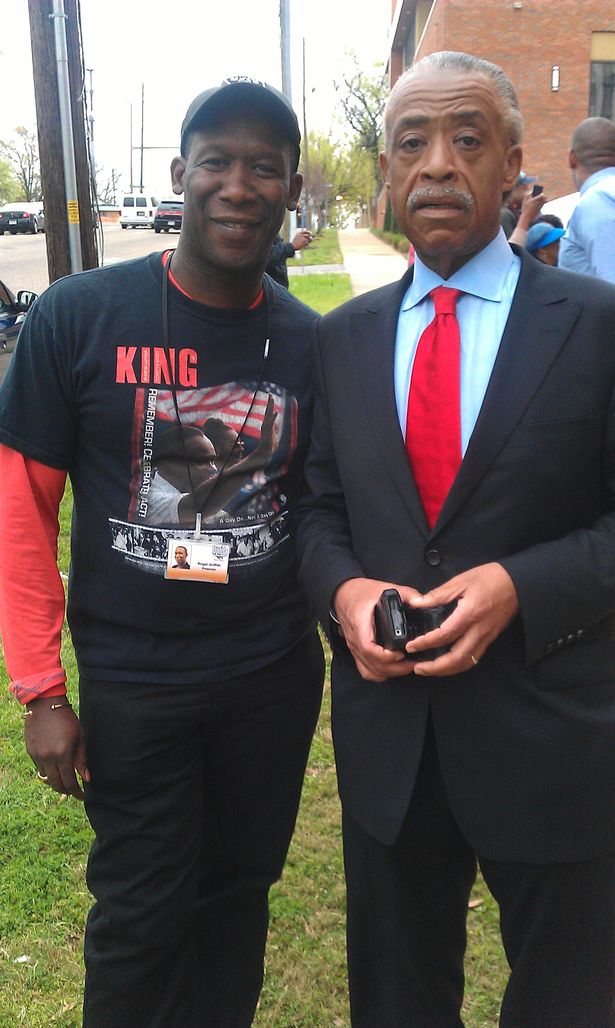 Roger Griffith with US race campaigner the Rev Al Sharpton
Roger Griffith with US race campaigner the Rev Al Sharpton
Bristol writer and creative producer Roger Griffith disagreed. He said ‘plenty’ has changed in Bristol following the catalyst of the toppling of the statue. “It has reignited the issues of race, racism and Bristol’s past, central to our future,” he said.
In the days and weeks after the statue was toppled, the previously rather niche campaign ‘Countering Colston’ – which had been focussed on challenging the ‘cult of Colston’ in Bristol’s schools and public buildings – became the centre of attention. Suddenly, the position of organisations that had been resisting that campaign and defending the celebrations and commemorations of Colston collapsed. Colston’s name was taken from the Colston Tower, pub signs, schools and pubs.
The statue ended up in the M-Shed museum, albeit not as part of a larger exhibition about Bristol’s slave trade history, but instead in an exhibition about the city’s history of protest. The long-called-for museum or exhibition centre on Bristol’s slave trade past is still not a reality.
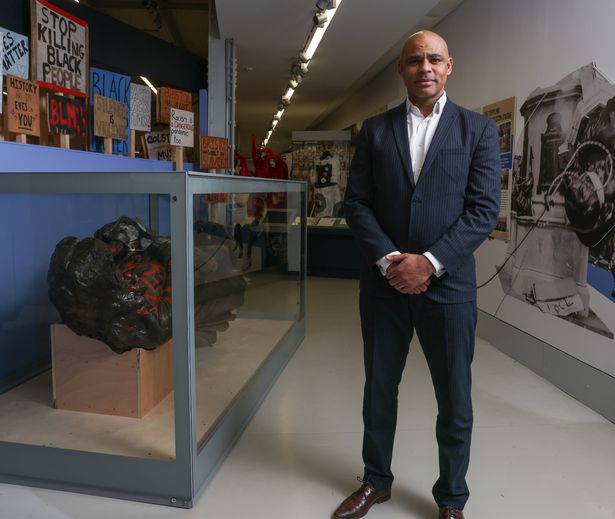 Marvin Rees at the permanent exhibition of the history of protest at racial injustice, which features the statue of Edward Colston(Image: PAUL GILLIS / Reach PLC)
Marvin Rees at the permanent exhibition of the history of protest at racial injustice, which features the statue of Edward Colston(Image: PAUL GILLIS / Reach PLC)
Many argued that this was an attempt to ‘rewrite history’, but those who had long called for this said it was the opposite – it wasn’t changing history at all, it was the end of a celebration of a slave trader, and would lead to a greater understanding of that history.
The debate on what difference the toppling made is split down the same lines as the debate about the rights and wrongs of toppling the statue in the first place.
“This was merely an act of a bunch of yobs,” said Mark Lewis on Facebook. “No one is promoting slavery in Bristol and this was just brainless idiots damaging public property that related to part of the city’s history. It brought shame on those who carried it out and on the police who failed to stop it,” he added.
Police issued appeals to identify 18 people in connection with the act of toppling the statue, pushing it down to St Augustine’s Reach and tipping it into the water. Eight were never traced, ten were arrested and six of those accepted a police caution.
Four were prosecuted and, after a trial, found ‘not guilty’ of criminal damage, after arguing that not only was the statue worth more than before – so couldn’t constitute criminal damage – but also that the presence of the statue of a slave trader in the centre of Bristol was more of a crime than pulling it down.
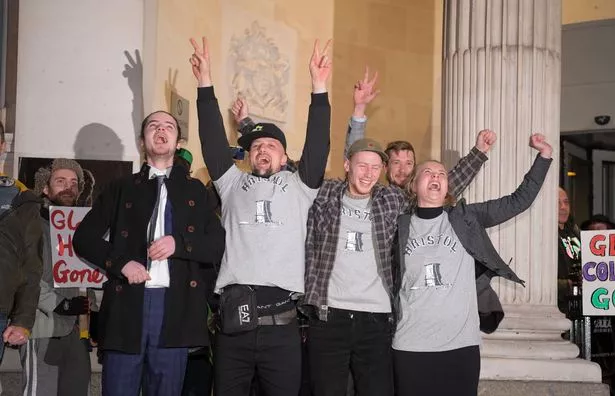 (Image: Getty Images)
(Image: Getty Images)
Andy McBride-Coogan commented: “It has started us down the road of forgetting that the slave trade paid for much of the fabric of the city. In 50 years, nobody will remember Colston or the people he exploited.”
Alan Simms said the act of toppling his statue made Colston and his actions in the 1600s and 1700s far more well known. “The people who threw that statue into the river have etched Edward Colston’s name into the minds of millions,” he commented. “People used to walk past that statue completely oblivious to who he was. Not anymore. He’s probably more popular now than he’s ever been.”
But for many, the event has made a difference, and in a positive way. “I’m proud that my city rid us of this statue and smile every time I pass the plinth and when I show my grandkids it in the M Shed,” said Brendan Kelly.
“It insulted thousands of Bristolians of all ethnic backgrounds. The council or mayor should take full responsibility for how it was removed after years of fudging the matter. People power at its best,” he added.
Sue Eustace said more people are still learning about Edward Colston and Bristol’s slave trade as a result of the toppling. “The statue is now in place in the M-Shed, it has a very relevant exhibition of placards accompanying it. Couldn’t have picked a better home for it – not ignoring the man but displaying the conversation. Well played, Bristol,” she said.
Joel Lewis said the history of the slave trade was being denied in Bristol, and can now no longer be.
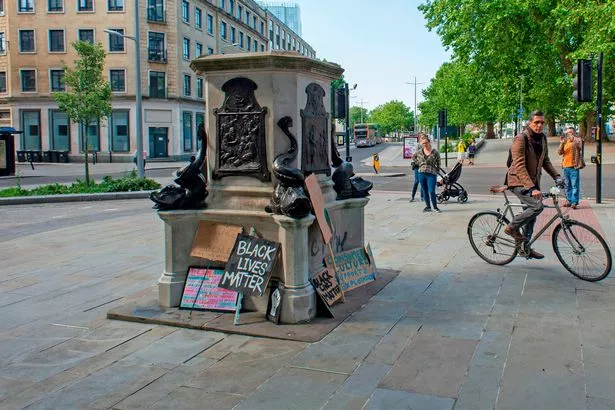 The empty plinth in Bristol city centre the day after the toppling(Image: Rowan Griffiths)
The empty plinth in Bristol city centre the day after the toppling(Image: Rowan Griffiths)
“Bristol was placed forever on the world stage as a city that would not tolerate perpetual denial of its history and heritage,” he said. “And it will forever be a primary example used in any discussion about the tangled relationships in how the wealth and infrastructure of Western cities was developed, and how the British in particular love to continue to define themselves by a revisionist Victorian view of the past,” he added.
For Derek Smith, the toppling has been an opportunity to learn more about history. “I genuinely think that this is a learning tool,” he said. “Just as Edward Colston made history in his day, so the toppling of the statue made history.
“In a hundred years time not only can children be taught about his contribution to the city of Bristol, but they can be taught about how attitudes had changed all those years later and why it was pulled down.
“History is history – we don’t get to choose which parts we teach and which we don’t. And that works both ways,” he added.
Five years on, and Richard Sergeant is still celebrating the statue being toppled. “It’s been amazing,” he said. “It’s always a conversation starter and a chance to take challenging ideas to those that don’t like to be challenged.
“It was a brilliant Bristol thing to have happened, and credit to our youth for being at the sharp end of the moment,” he added.
